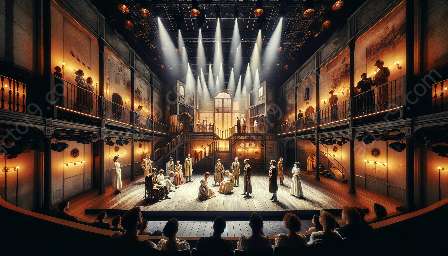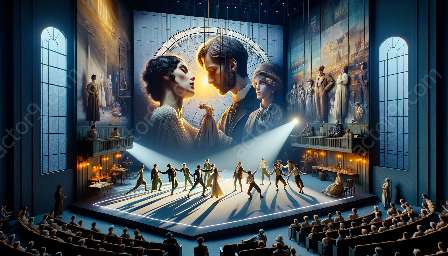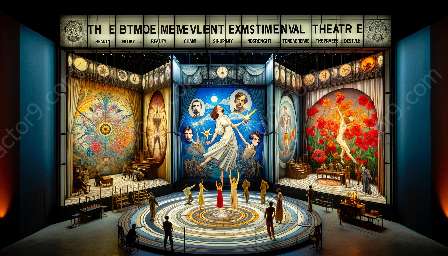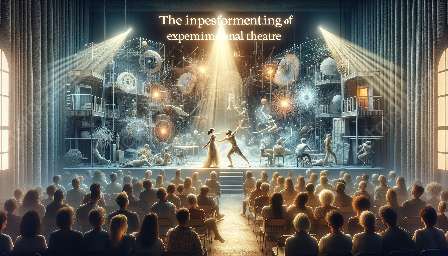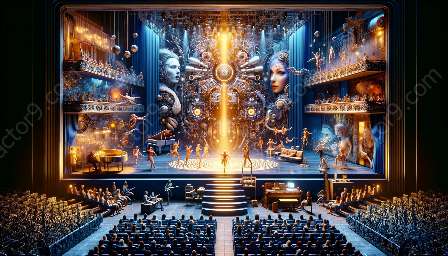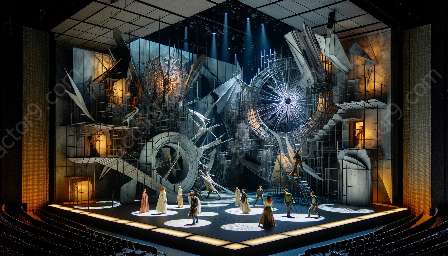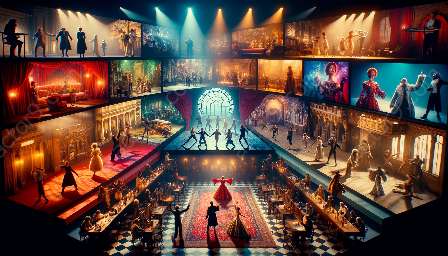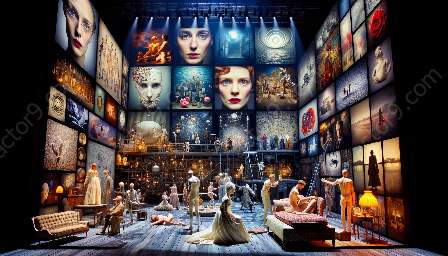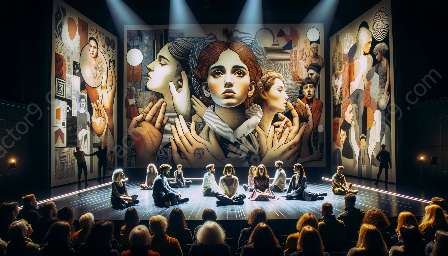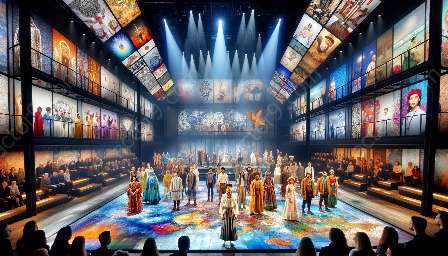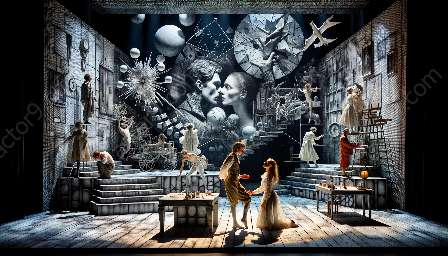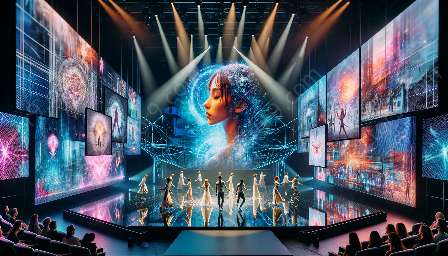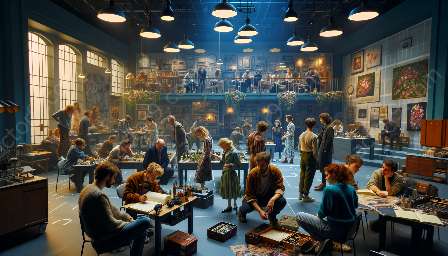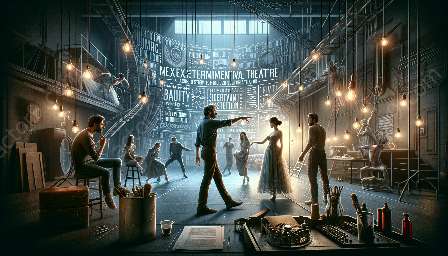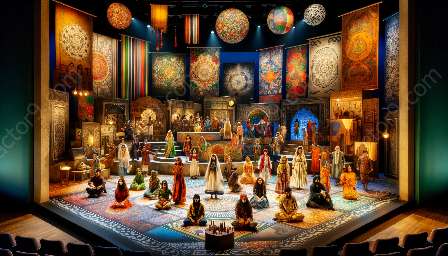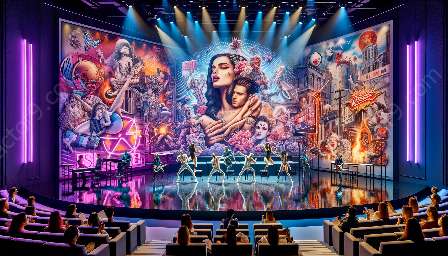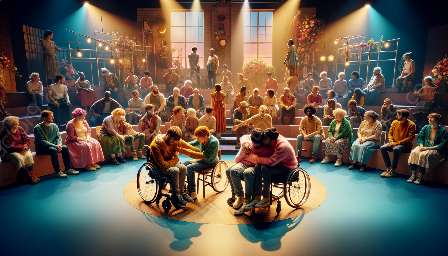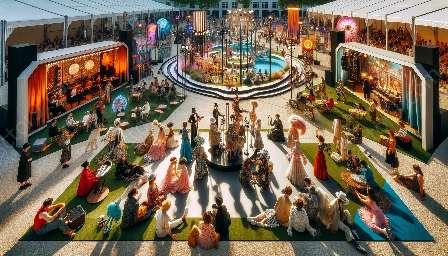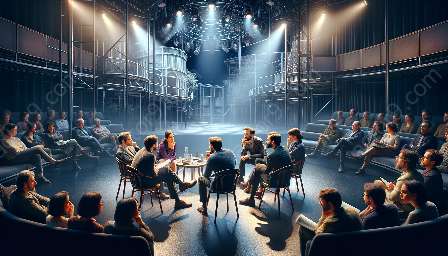Experimental theatre has long been synonymous with pushing boundaries, challenging norms, and redefining the relationship between performers and audience members. At the heart of this dynamic landscape lies the concept of audience participation and interaction, which plays a transformative role in shaping the nature and impact of experimental theatre. This topic cluster aims to delve into the multifaceted dimensions of audience engagement within experimental theatre, examining its significance, implications, and potential for fostering inclusivity.
The Evolution of Audience Participation in Experimental Theatre
In order to understand the contemporary landscape of audience participation in experimental theatre, it is crucial to trace its evolutionary trajectory. Historically, experimental theatre has sought to dismantle the traditional passive spectatorship by inviting audiences to actively engage with the performance. This shift prompted a reimagining of the conventional boundaries between actors and viewers, paving the way for immersive, participatory experiences that blur the lines between fiction and reality.
Embracing Inclusivity through Audience Involvement
One of the defining features of experimental theatre is its potential to break down barriers and foster inclusivity. Audience participation serves as a mechanism for dismantling hierarchical structures and democratizing the theatrical space, offering individuals from diverse backgrounds a platform to engage on their own terms. By embracing inclusivity through audience involvement, experimental theatre not only amplifies marginalized voices but also creates spaces that accommodate a wide range of perspectives and experiences.
Exploring Modes of Engagement: From Immersive Experiences to Co-creation
The spectrum of audience participation in experimental theatre encompasses a rich tapestry of modes that extend beyond mere spectatorship. From immersive productions that situate audience members at the center of the narrative to collaborative endeavors that involve co-creation between performers and spectators, the ways in which audiences interact with and contribute to the artistic process are as diverse as they are impactful. This exploration sheds light on the profound potential for audience engagement to enrich and shape the creative output of experimental theatre.
The Role of Technology in Redefining Audience Engagement
Advancements in technology have increasingly intersected with the realm of experimental theatre, opening up new frontiers for audience participation and interaction. From interactive digital platforms that invite remote audiences to participate in real-time to virtual reality experiences that transport viewers into alternate realms, the fusion of technology with experimental theatre has expanded the possibilities for engaging audiences in innovative and boundary-pushing ways.
Challenges and Opportunities: Navigating Ethical Considerations
As experimental theatre continues to push the boundaries of audience participation, it also grapples with a host of ethical considerations. The balance between empowering audiences and respecting boundaries, ensuring consent and agency in participatory experiences, and navigating the potential for discomfort or vulnerability are pivotal aspects that demand thoughtful reflection. By critically examining these challenges, experimental theatre can chart a path towards establishing ethical frameworks that prioritize the well-being and agency of all participants.
Cultivating Dialogue and Community through Participatory Practices
At its core, audience participation in experimental theatre fosters a sense of communal dialogue and collective experience. By inviting audiences to become active collaborators in the creative process, experimental theatre cultivates a shared space for reflection, discourse, and connection. This communal aspect not only enriches the artistic exchange but also engenders a sense of belonging and shared ownership within the theatrical realm.
Future Horizons: Redefining Inclusion in Experimental Theatre
Looking ahead, the future of audience participation and interaction in experimental theatre holds boundless potential for redefining inclusion. By transcending traditional notions of spectatorship and embracing diverse modes of engagement, experimental theatre can continue to serve as a powerful vehicle for amplifying underrepresented voices, challenging dominant narratives, and weaving a tapestry of inclusive experiences that resonate across boundaries.
Empowering Voices: Amplifying Marginalized Narratives
Experimental theatre has the capacity to be a catalyst for social change by centering marginalized narratives and amplifying voices that have historically been silenced. Audience participation serves as a conduit for empowering individuals to share their stories, perspectives, and truths, thereby broadening the scope of representation and fostering a more equitable and inclusive theatrical landscape.
Collaborative Innovation: Co-creating New Frontiers of Inclusion
As experimental theatre continues to evolve, the collaborative spirit of audience participation can spark innovative approaches to inclusion. By nurturing partnerships between artists, communities, and audiences, experimental theatre can foster a collaborative ecosystem that co-creates inclusive narratives, celebrates divergent experiences, and champions a more expansive and diverse repertoire of stories.

